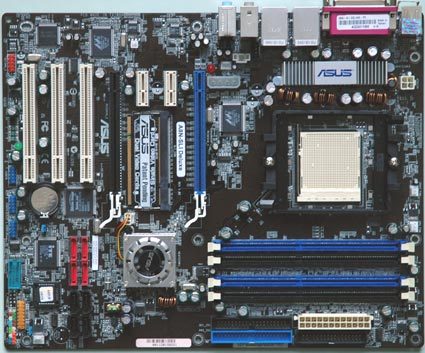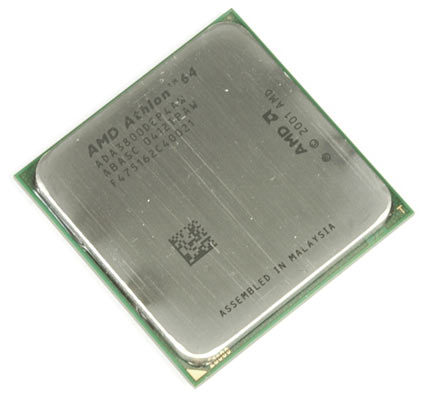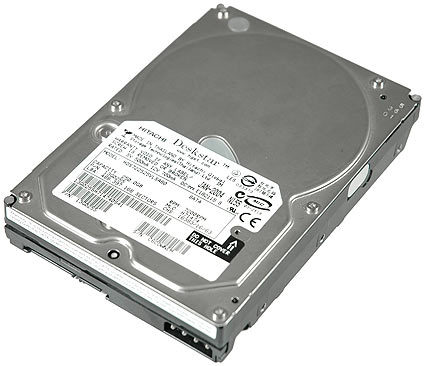Is Your PC Ready for a System Update?
Our Reference System: Two Years Old
We have created a reference test system, which we use as the basis for our upgrade considerations. This system is roughly two years old, and consists of a Socket 939 Athlon 64 3500+ processor (2.2 GHz, 130 nm), an Asus A8N-SLI Deluxe motherboard (nForce 4 SLI chipset), two 512 MB DDR400 DIMMs by PDP, ATI's Radeon X850XT card, and a 250 GB Hitachi Deskstar 7K250 hard drive. Altogether, this system represents an upper class setup from late 2004 or early 2005.
This system is still capable of coping with the majority of software you throw at it, but at some point it will reach its limits. The processor has only a single core and hence can only do linear processing. The two-year-old graphics card supports DirectX 9.0, but does not support Shader Model 3 (DirectX 9.0c) with support for high dynamic range effects (HDR). Finally, a 250 GB hard drive that you've been using for two years might be close to burst at the seams.
That said, these limitations aren't necessarily reason enough to spend money. We realize that a new PC that consists of decent components will cost you $600 at the very least, and most likely it will be more. Consider that it will cost $150 and up for a decent Core 2 Duo processor, $100+ for two 1 GB DIMMs, $75 or more for a motherboard, $75 and up for a hard drive, $150 or more for a decent DirectX 10 graphics card and another $150 for a case, power supply and an optical drive. If you care for great components you will find yourself in the area of $800-1,000 for the new PC, which is what we consider a normal price for an enthusiast PC at any given time. Components change and get better, but the price you will spend usually doesn't. From this standpoint, looking at a component upgrade is appealing if you're on a tight budget.
The A8N-SLI was an excellent Socket 939 motherboard with PCI Express for AMD's Athlon 64 processors. After a BIOS update, this board also supports the Athlon64 X2 dual core processors.
This is a picture of an Athlon 64 3800+. However, we reduced the clock speed to 2.2 GHz, which makes the chip resemble a 3500+. This model was more affordable in 2005, and provided good bang for the buck at that time.
Hitachi's Deskstar 7K250 was a popular hard drive, and was one of the first volume models to use the SATA interface. It runs at 7,200 RPM and has an 8 MB cache.
An ATI Radeon X850XT can still be called fast today, but it doesn't support the latest 3D features required by Direct X 9.0c and DirectX 10.
Get Tom's Hardware's best news and in-depth reviews, straight to your inbox.
Current page: Our Reference System: Two Years Old
Prev Page Dispose Or Recycle? How To Spend Your Upgrade Money Next Page Upgrade Considerations
Patrick Schmid was the editor-in-chief for Tom's Hardware from 2005 to 2006. He wrote numerous articles on a wide range of hardware topics, including storage, CPUs, and system builds.



